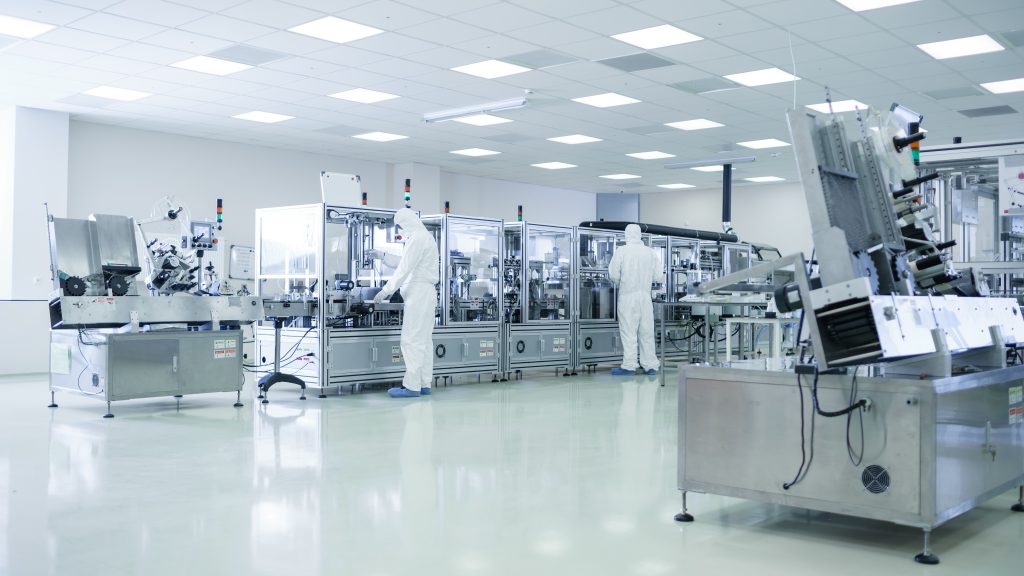Today's high-tech research and manufacturing would not be imaginable without cleanroom technology. In physics, chemistry, and medicine, we are increasingly penetrating the world of the microcosm, i.e. the exploration of molecules and atoms, such as in molecular and nuclear technology.
The invention of scanning electron or x-ray microscopes now allows the detection of the smallest structures. Revolutionary products in the fields of atomic physics, microelectronics, biotechnology, and medical technology have emerged from these works. One of the major fields that has sustainably changed our lives is the rational production of silicon chips. And so, microelectronics was the forerunner for an industry that we call cleanroom technology.
Modern industrial society's technical development level can also be seen in its "cleanroom culture". The employee working in the clean room deserves our most excellent attention. They lose about 80-100 hairs and 20 grams of dandruff daily. A classification of 1-100,000 /FED Standard 209 D) was introduced as a measure of contamination in clean workrooms. According to this, in cleanroom class 1, 1 particle of max. 0.5µ size is permissible in a volume of 1 cubic foot. In cleanroom class 10, it is ten particles per cubic foot, etc.
The structures produced on a microchip today are in some cases less than 0.15μ!
In PCB production, the trend is already toward resolutions of 50µ. With the help of the future technologies of the 21st century, such as nanotechnology (100 nm = 0.1µ), new materials with previously unknown chemical and physical properties are being developed from the most minor components. Here, too, cleanroom technology is an indispensable tool.
With our comprehensive, highest-quality product range for work in modern cleanrooms from class 1-100,000, we want to contribute to many high-tech productions with reproducible results according to the latest state of technology and science.
We supply customers in the following sectors:
- printed circuit board industry
- microelectronics
- aerospace
- nuclear technology
- micromechanics
- biotechnology and genetic engineering
- automotive industry
- optical industry
- CD manufacturers
- glass manufacturers
- medical technology
- food packaging
and much more.


